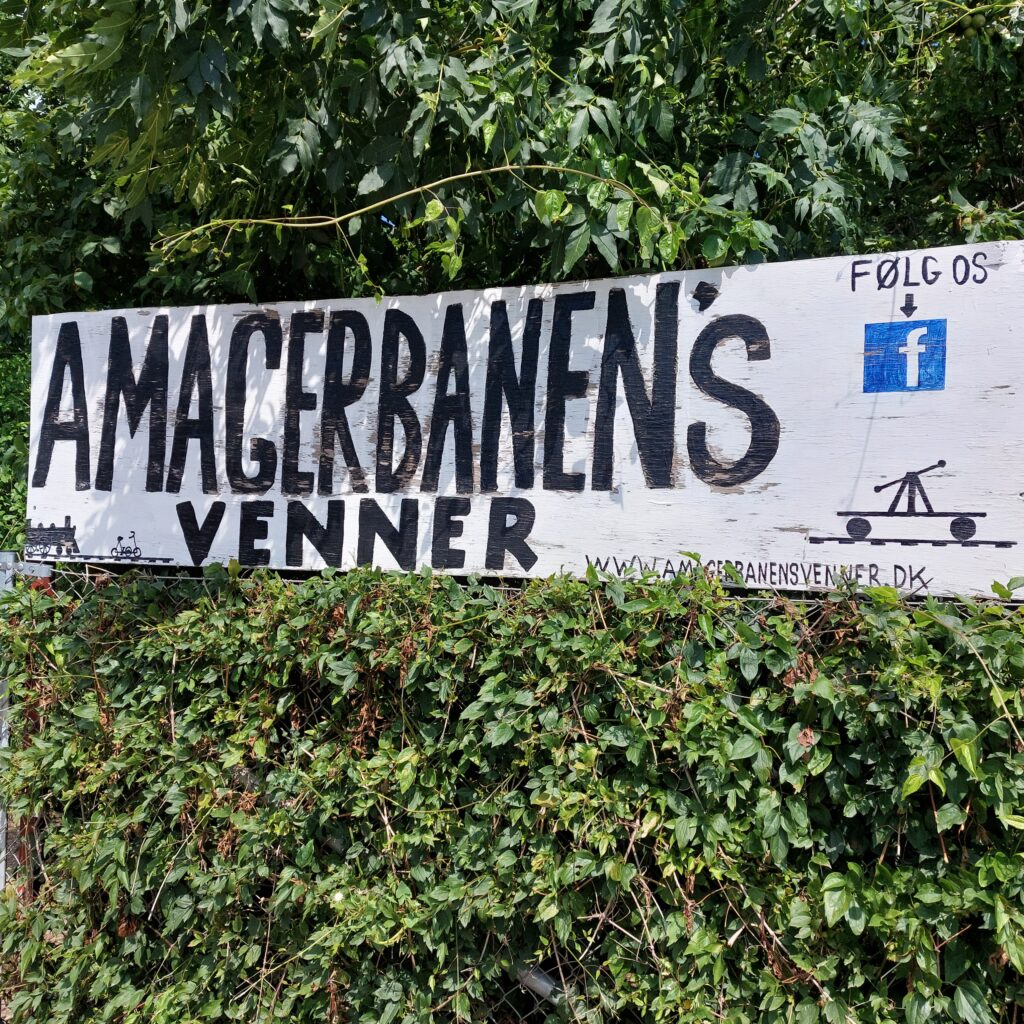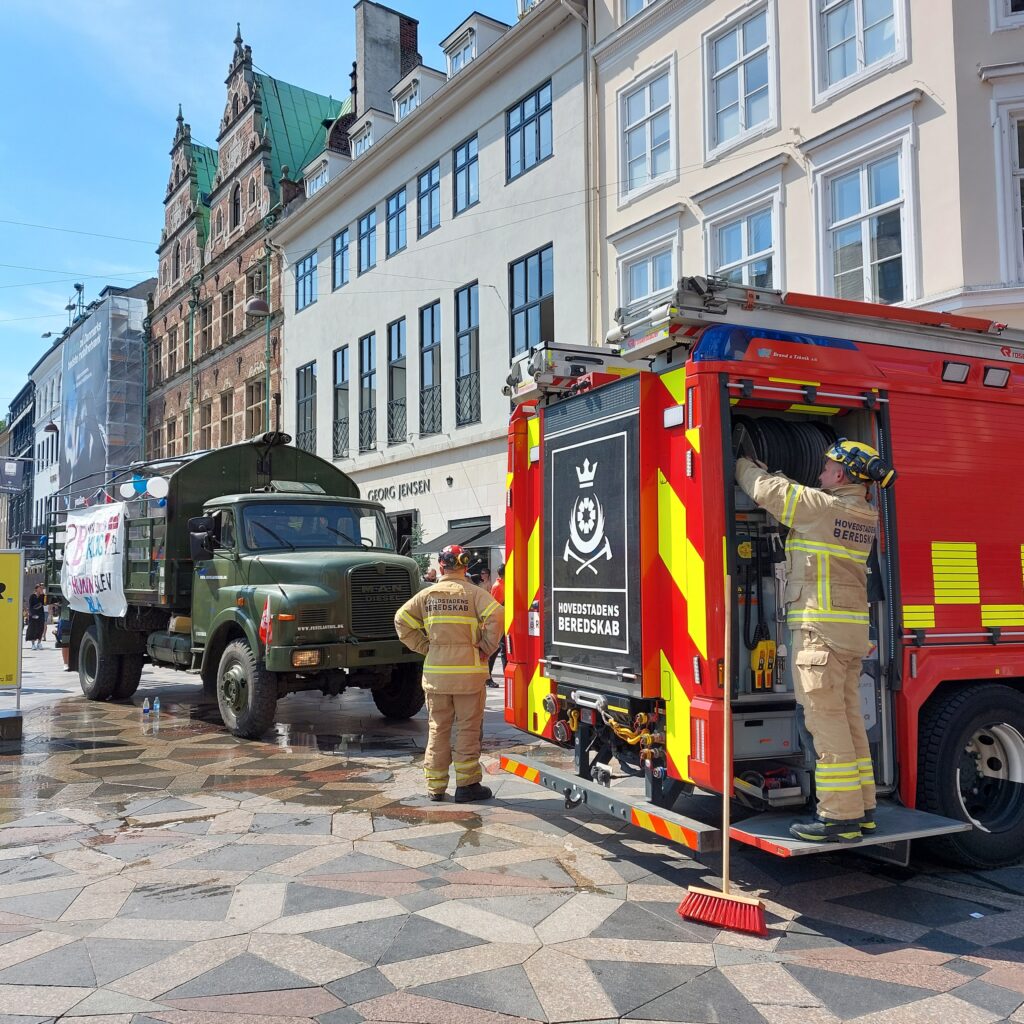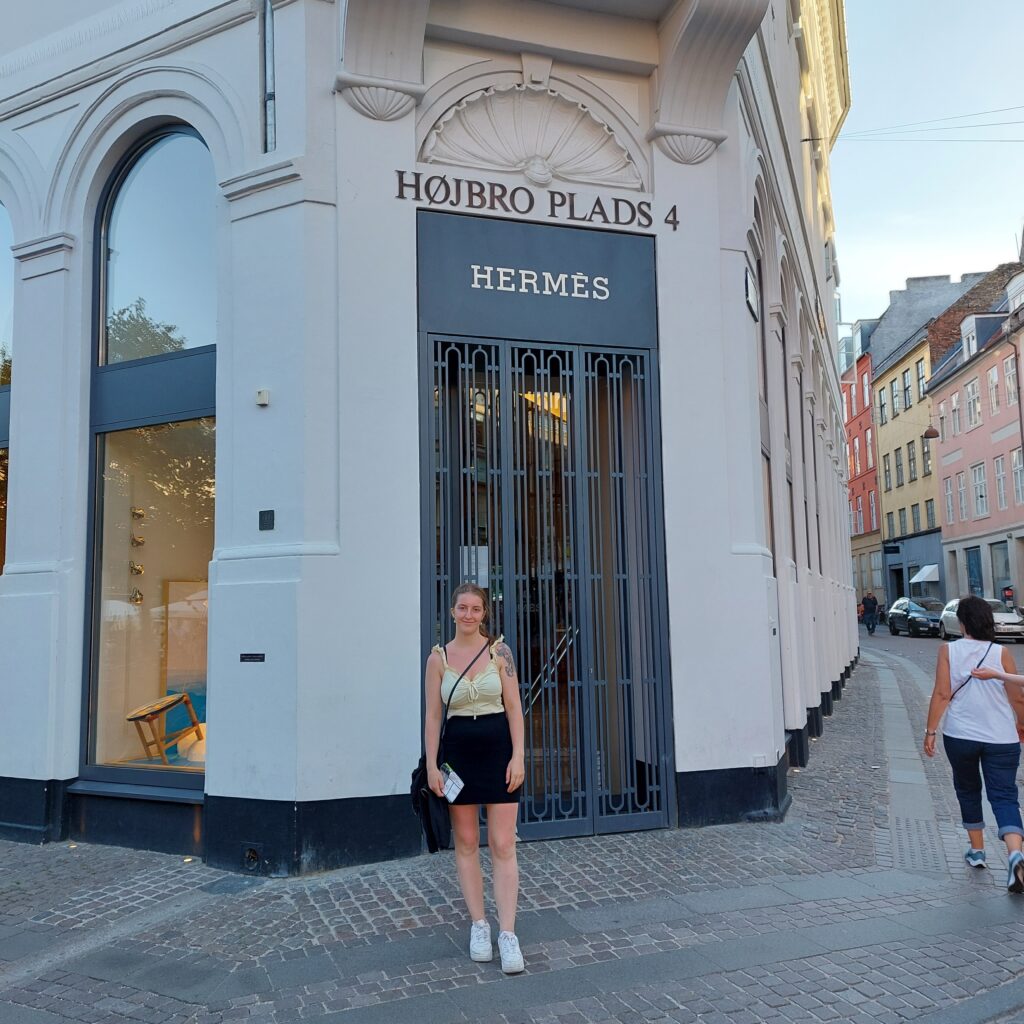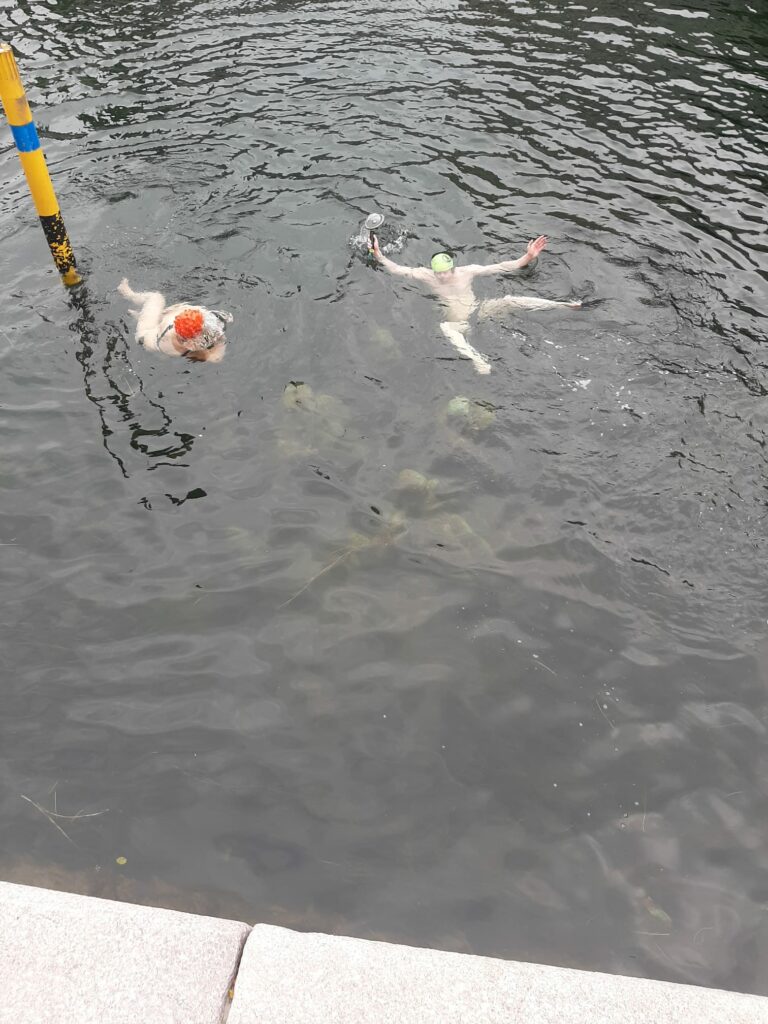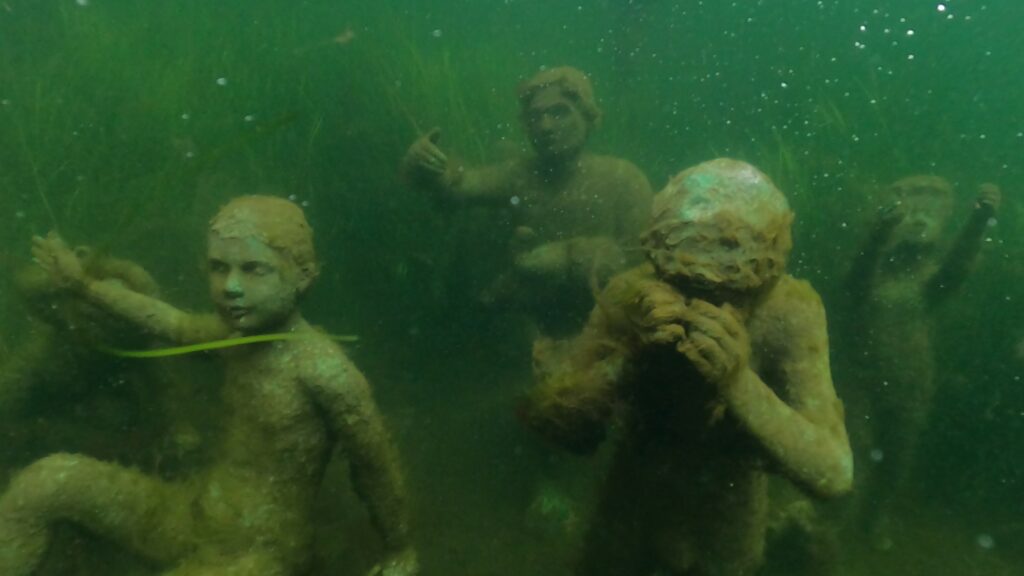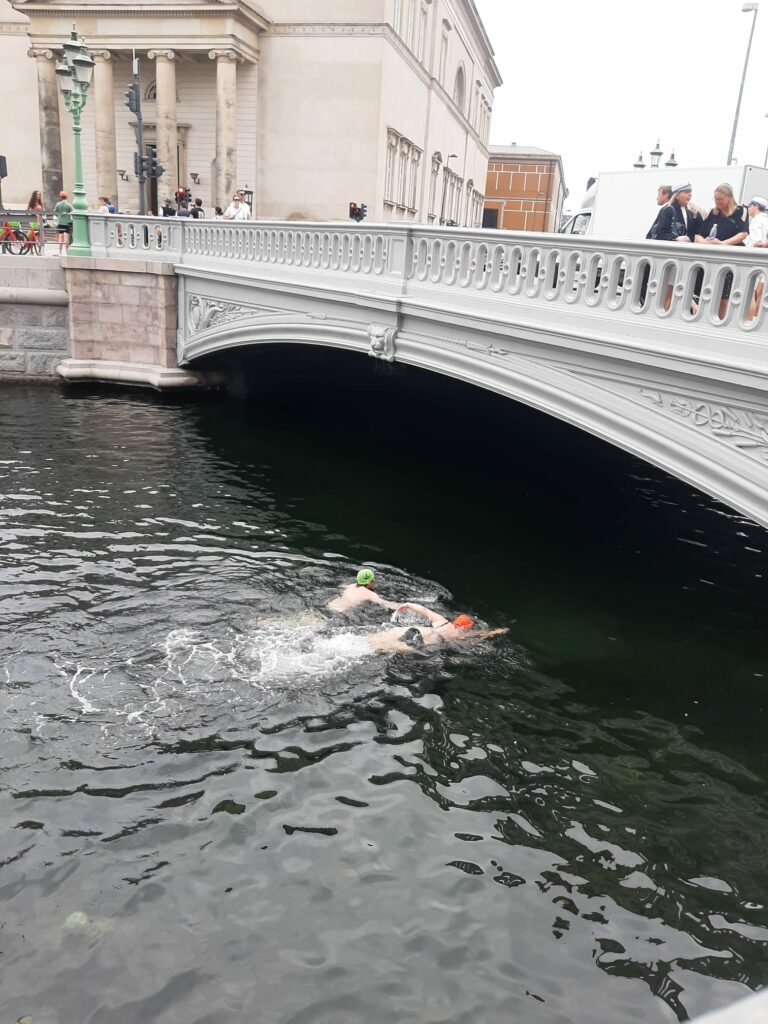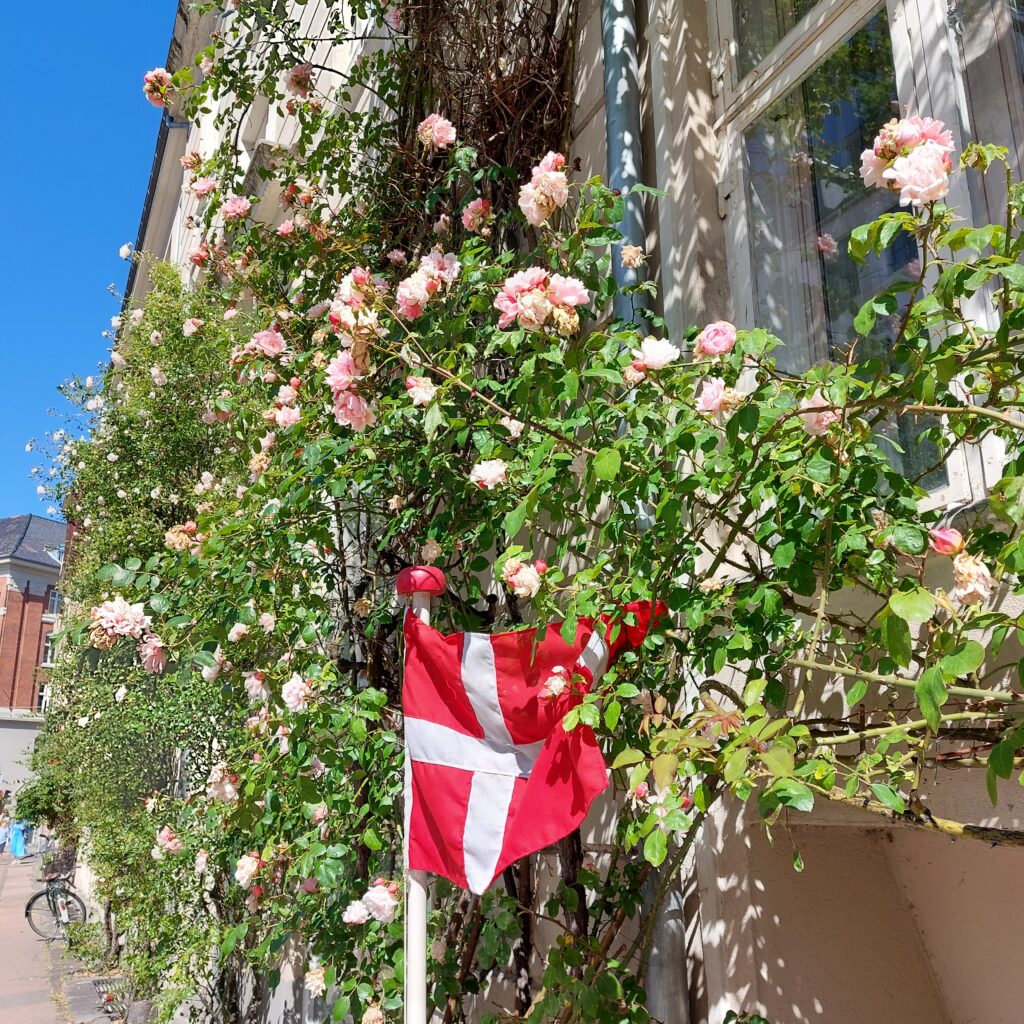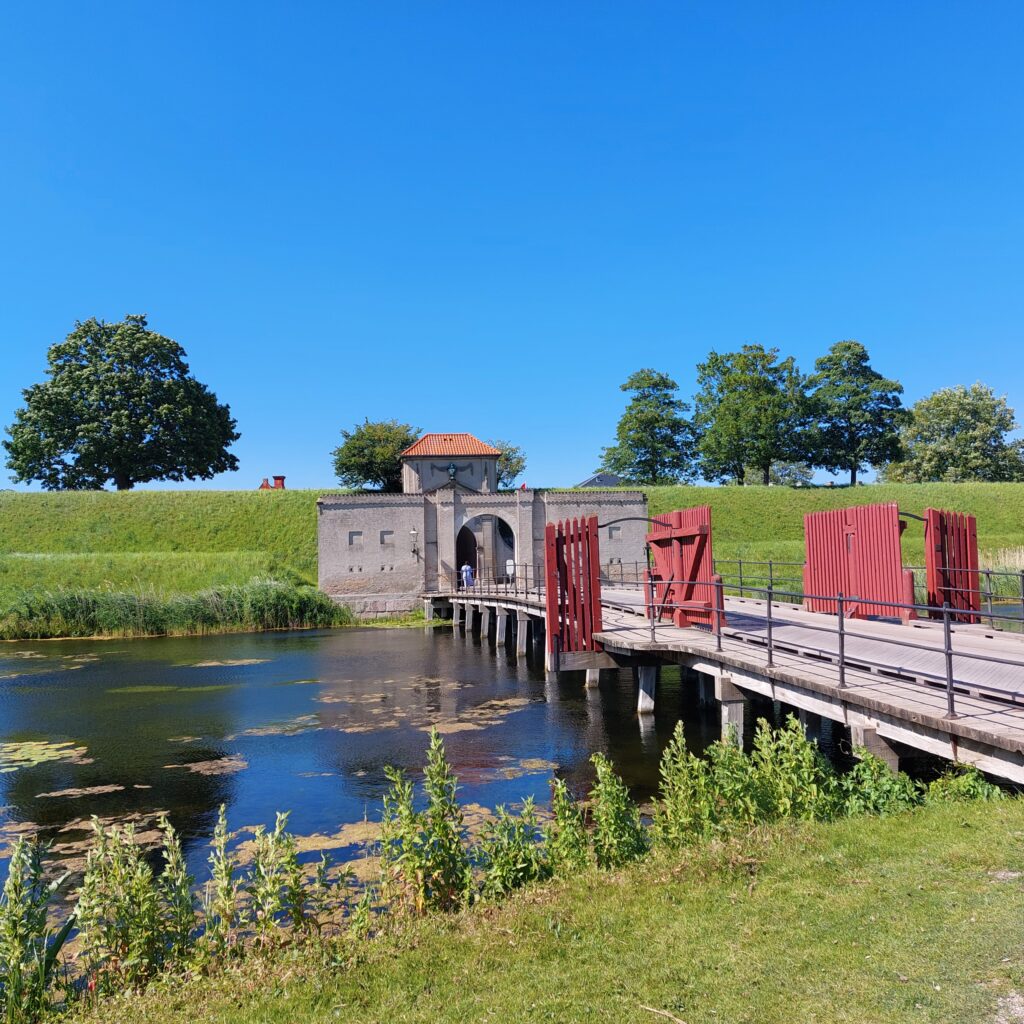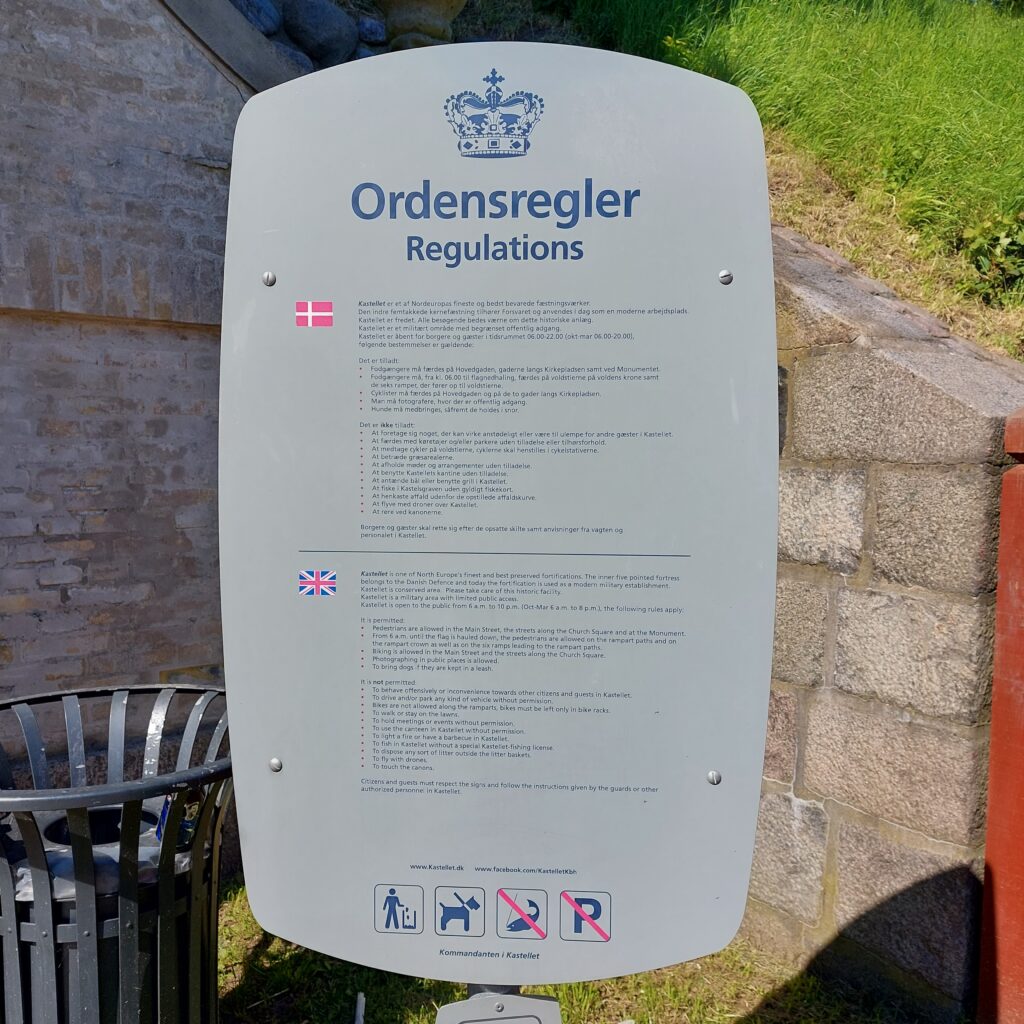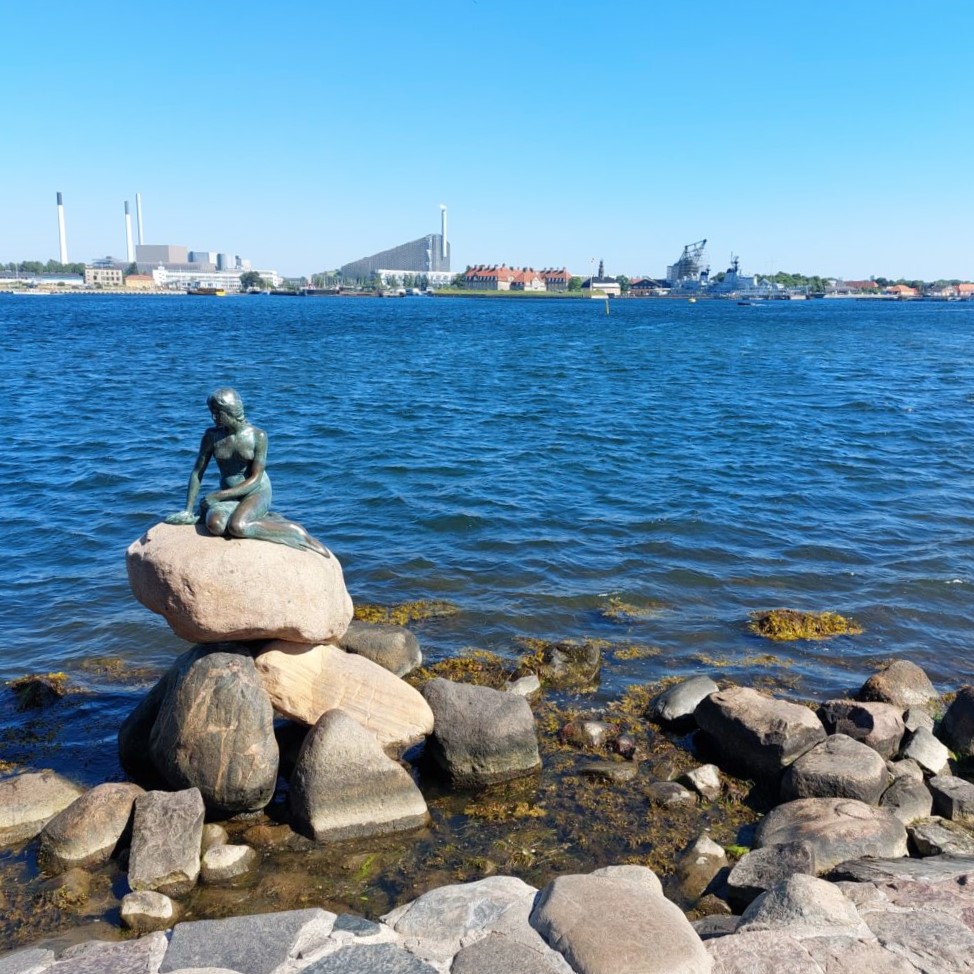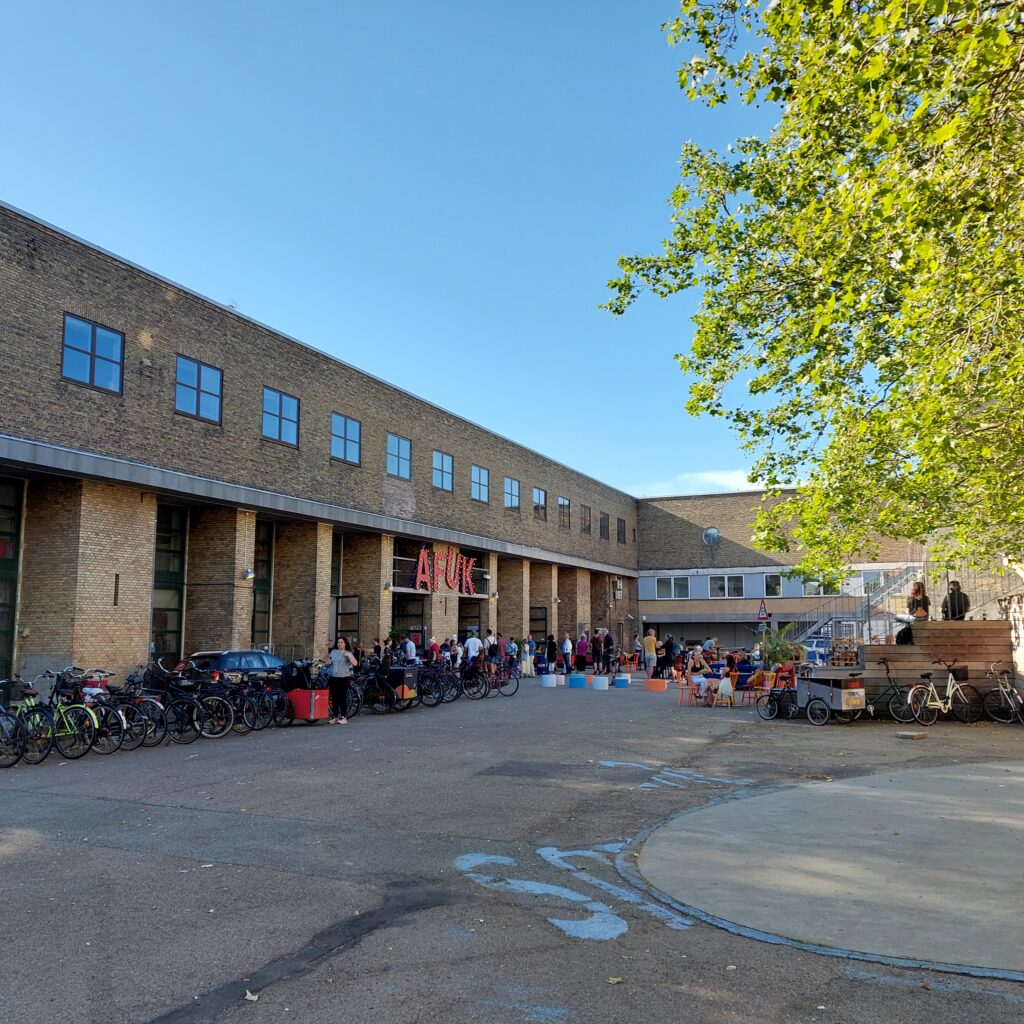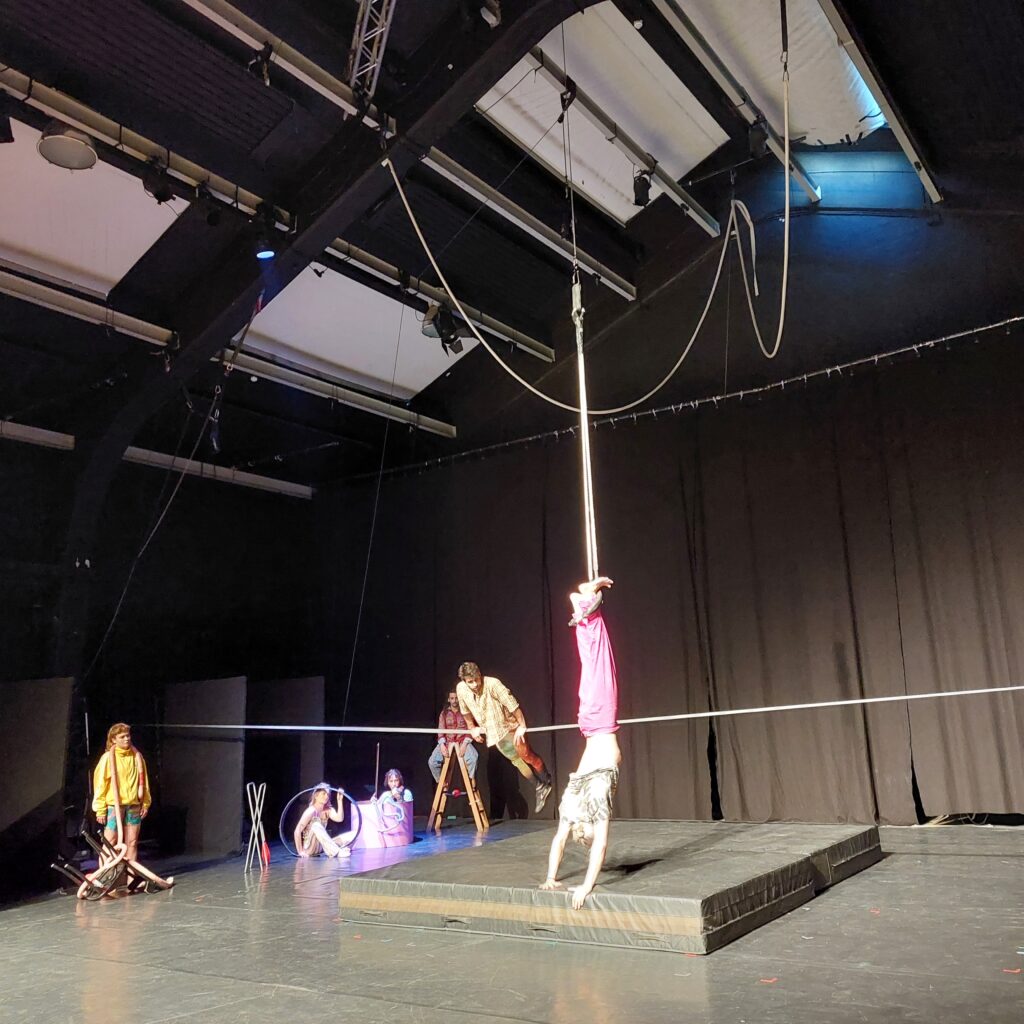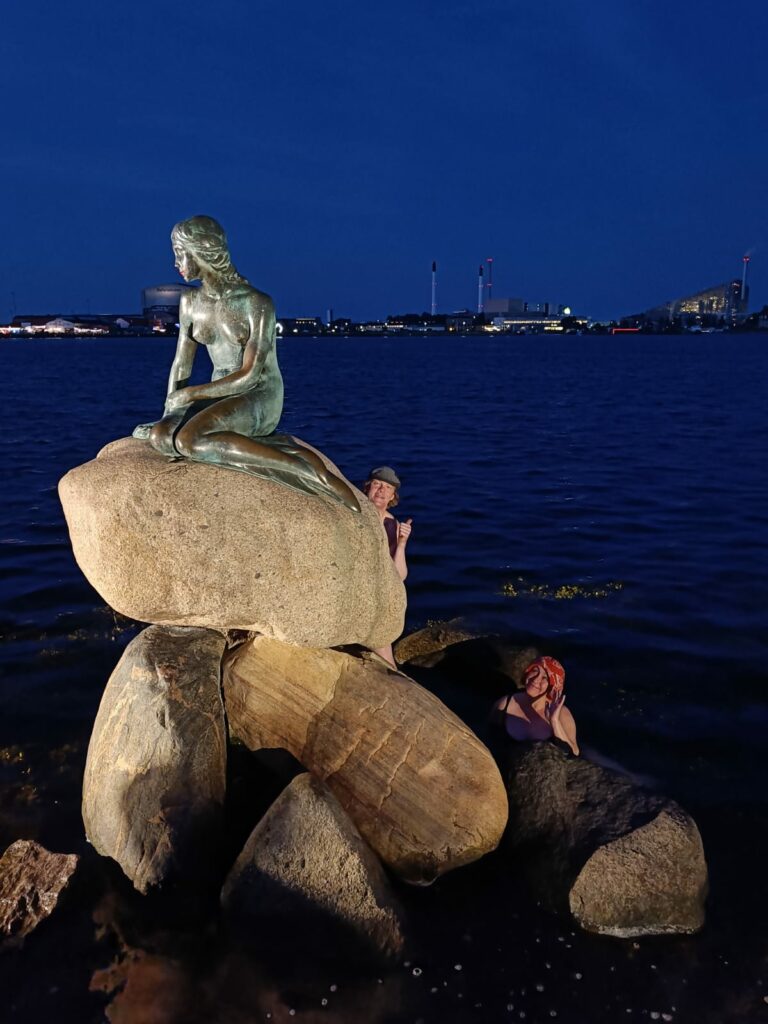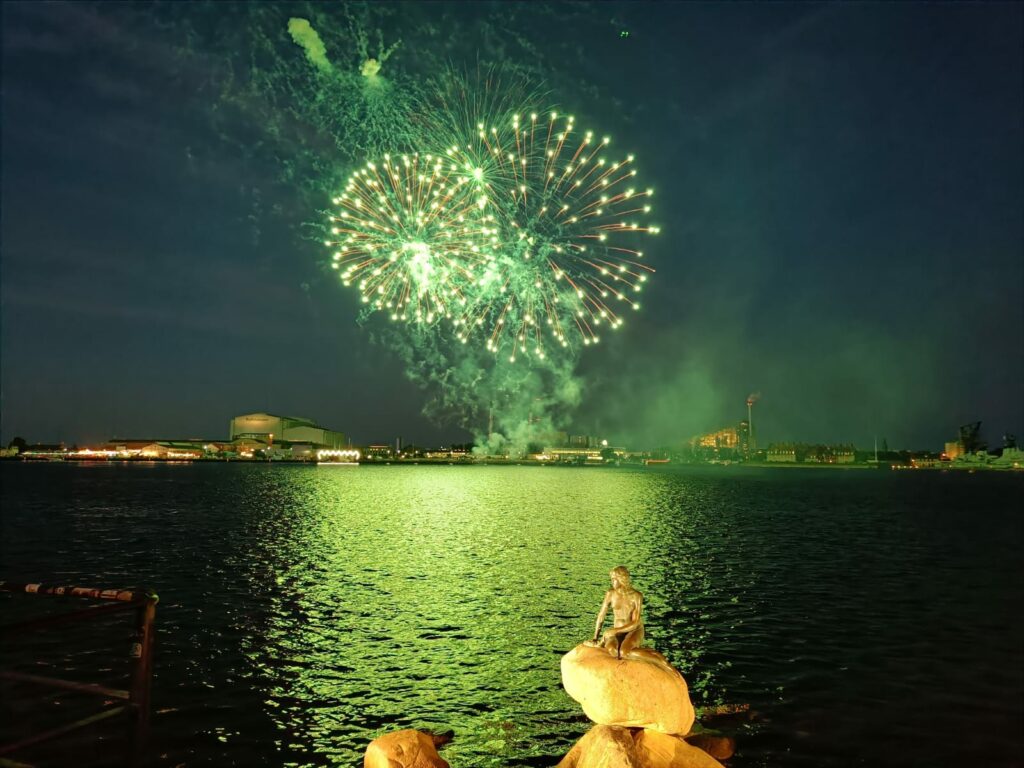Denmark is lovely! And maybe Copenhagen is extra lovely for strict Norwegians? Nevermind, after a day or two in the city center, a bathing excursion is just right. We strike a blow for Amager Strand (Beach)! It’s a good idea to go bicycling there. Rental bikes (without electricity) are only an app download away. Idun even found a ‘Comrade’, which ‘The Julekalender’ sang about in ‘Spikk a Bitte Little’.
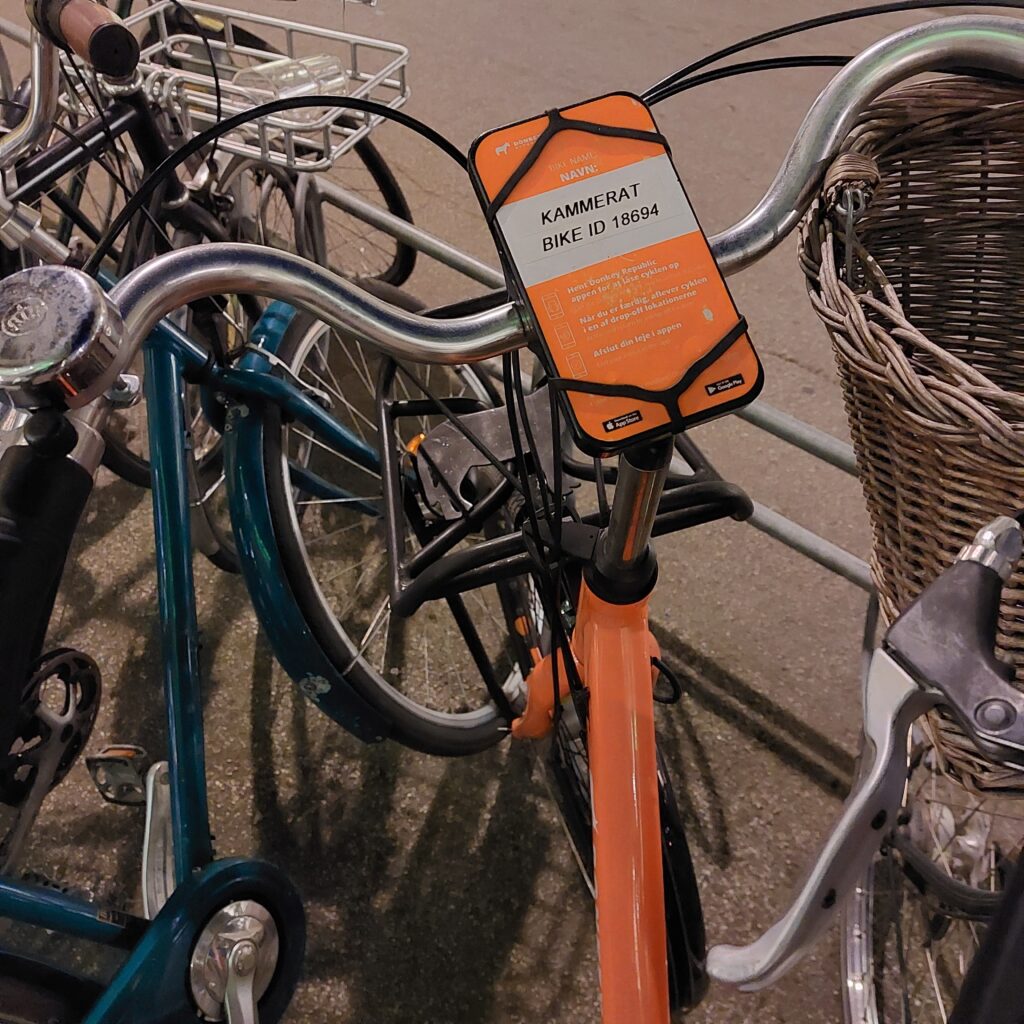
Before you start cycling in the Copenhagen traffic, there are a few things to think about. First: The cycle roads have two lanes that are used as if you were a car. This means that you keep to the right until you pass someone, only then do you go to the the left part of the bicycle lane. NB – Keep right, there is ALWAYS someone cycling faster than you! Secondly, it is expected that you warn with your hands whether you intend to turn left or right – in addition to one hand up, which means that you are going to stop. If you ride together in a group, everyone (especially the last one!) must show stop signs.
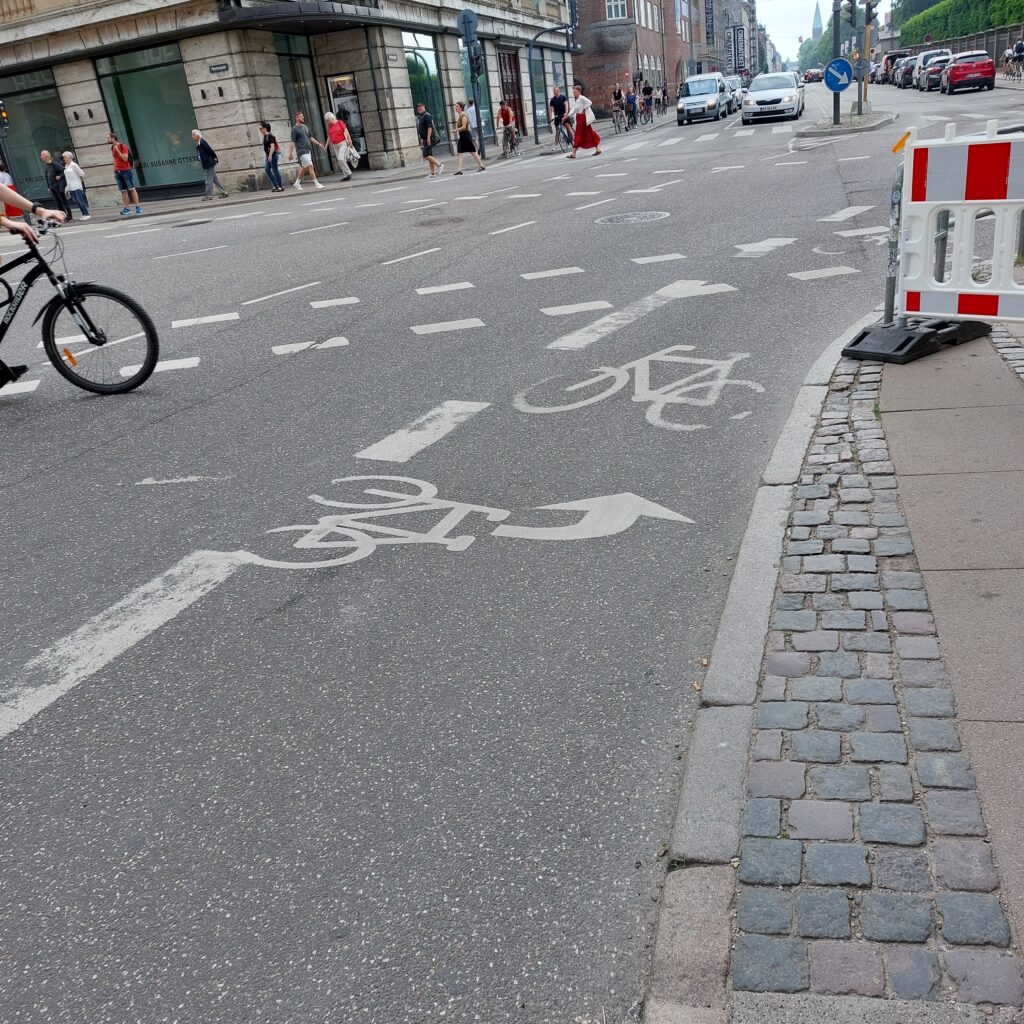
The bike ride to Amager Strand is a flat and nice ride that takes about half an hour from Copenhagen city center. Amager is a flat island in the sound of just under 100 km2, with approximately 200,000 inhabitants. The island is known in written sources from the year 1100. The first part of the name can possibly be explained as an old name on the strait between Sjælland and Amager. The second part might come from Old Danish ‘haki’ = garden. From 1898 until 1970, Copenhageners dumped their latrines here, and the island got the nickname ‘Lorteøen’ = ‘Shit Island’. The population is jokingly called Amagerkanere.
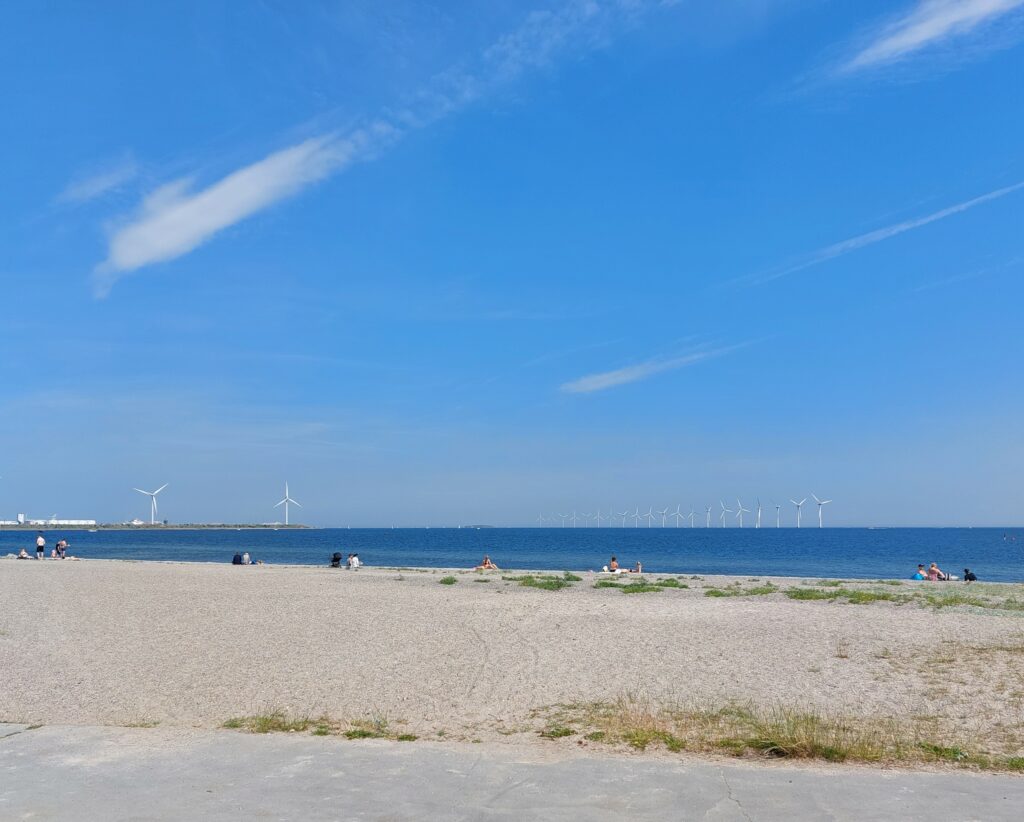
The shit is thankfully gone now! Amager Strand is a 2 km long sandbank connected to Amager island with 4 bridges. This is an eldorado for all kinds of water activities, and it is well invested.
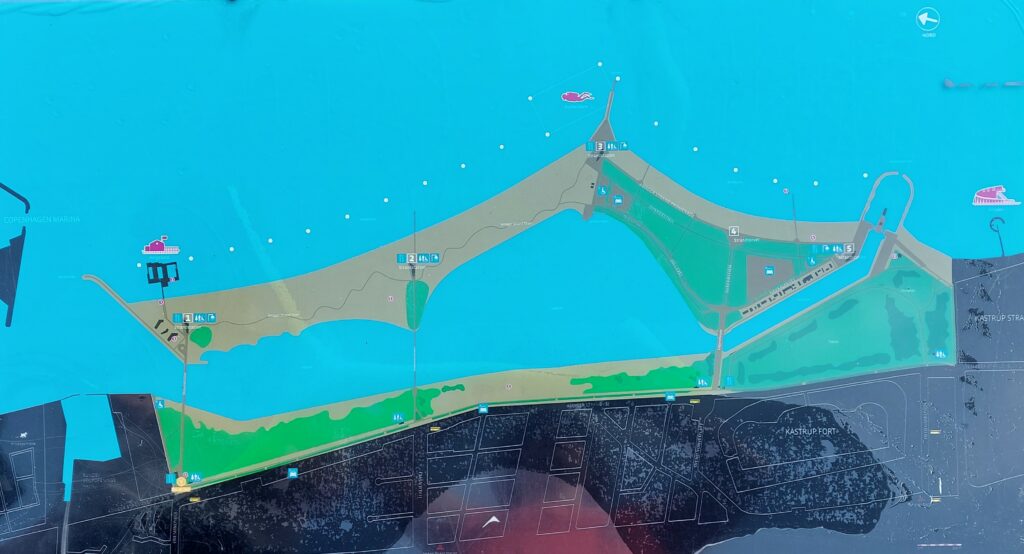
At the northern end (Helgoland Søbadeanstalt) there is a disabled-friendly access to the sea. However, we were not overwhelmingly impressed by this solution:
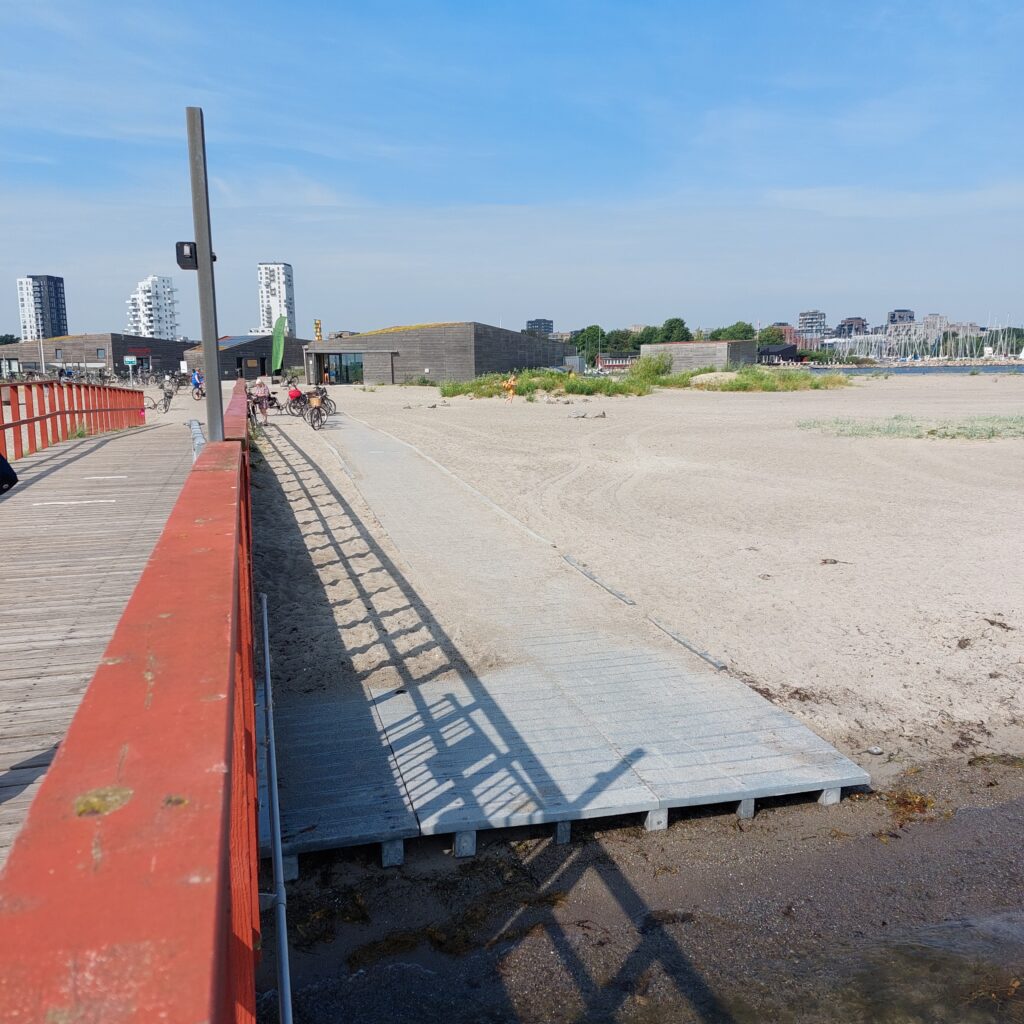
What is the idea? Should the wheelchair user be thrown into the water? Knut was so excited by this sight that he wanted to make a film that shows what happens if you try to go by wheelchair out into the sea from here. But that surely was not easy without a wheelchair. However, our grins had to be thoroughly wiped off when we found the wheelchair lift inside the facility. It’s super!
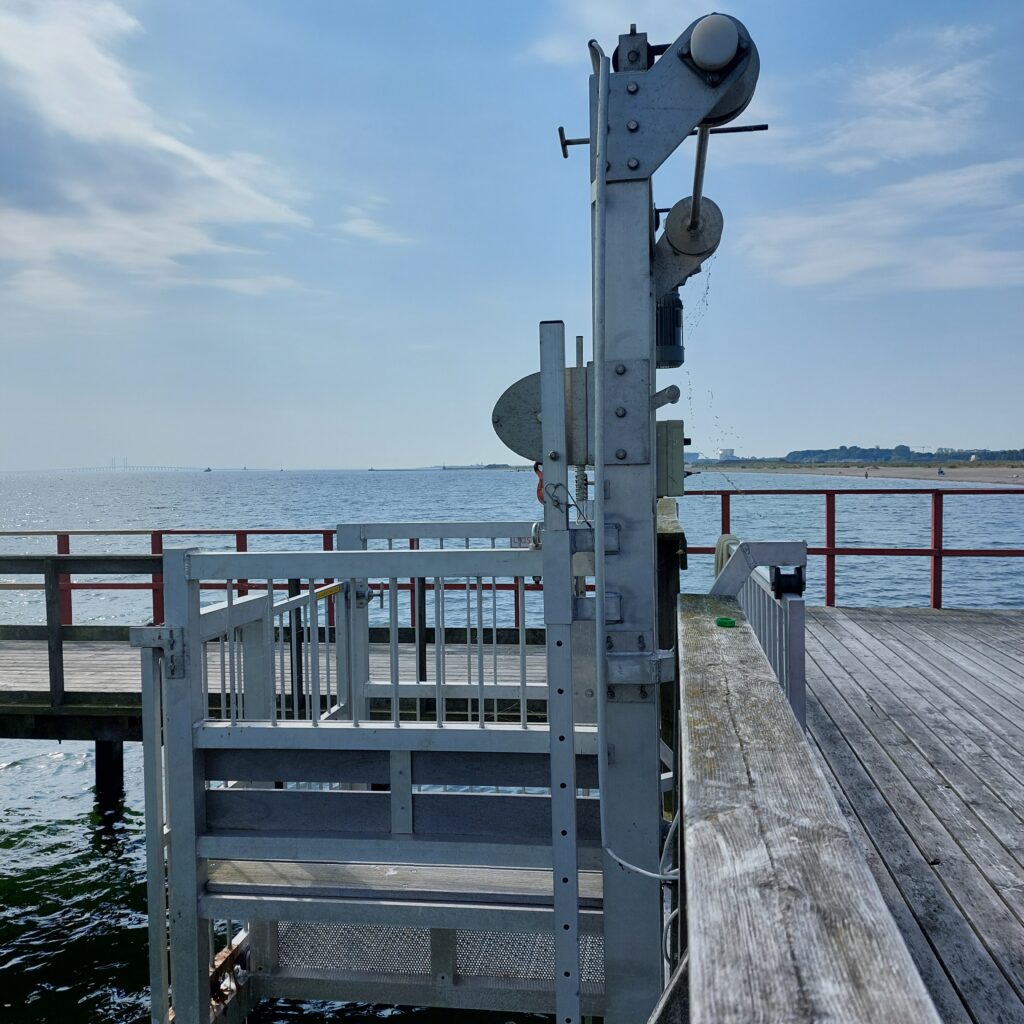
If the timing is right, maybe you can join for winter swimming here? We saw a sign: ‘Det Kolde Gys, Helgoland’ with reference to ‘The cold horror’. Inside the Amager beach there is a 400 m wide and sheltered lagoon, great for SUP, OWS, kayaking and swimming for those who want to avoid waves. There are beaches and sand on all sides of Amager Strand. Along the small island, there is a beautiful promenade, popular for joggers, wheelchair users, roller skaters and walkers – basically everyone.
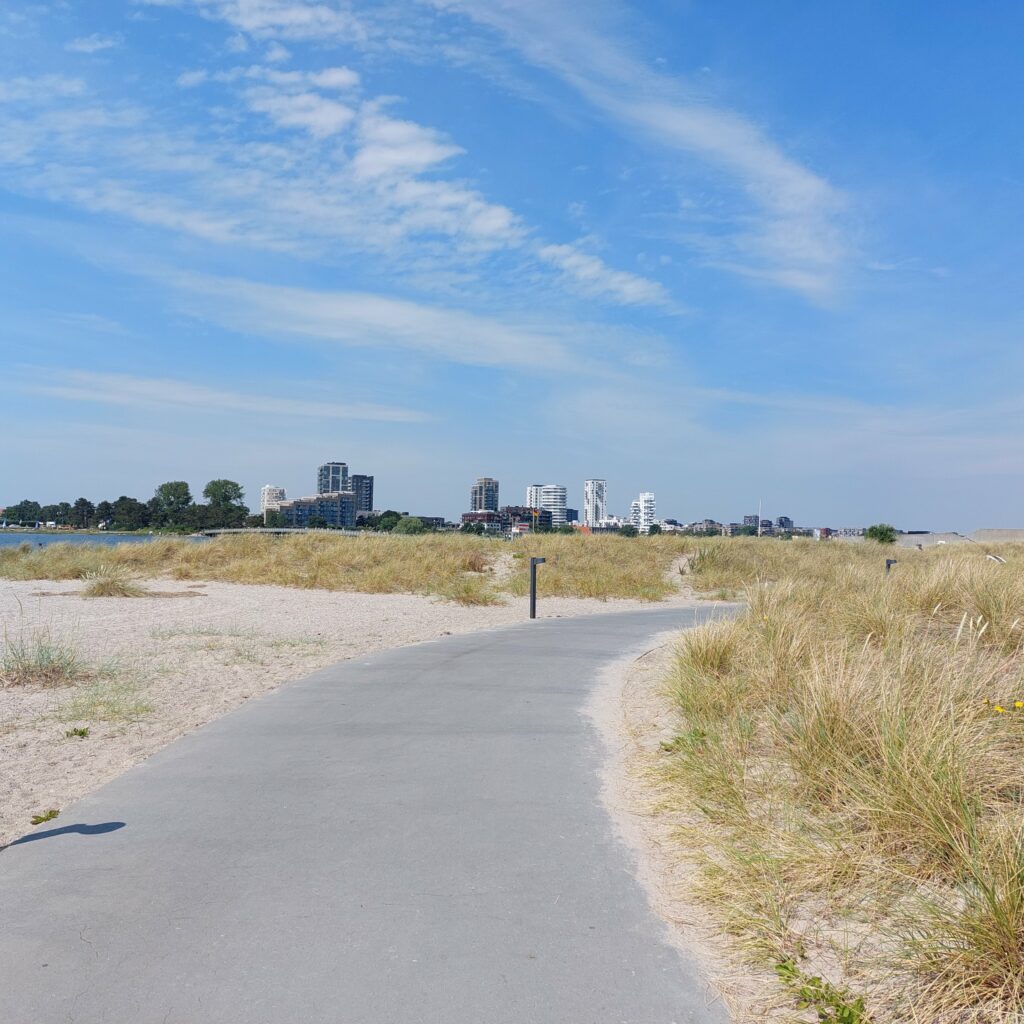
South of Amager Strand, Kastrup Søbad has set up a facility they call ‘Sneglen’ = the Snail. This is a beautiful, spiral-shaped wooden construction with benches, fresh water showers, diving tower and many stairs down to the sea.
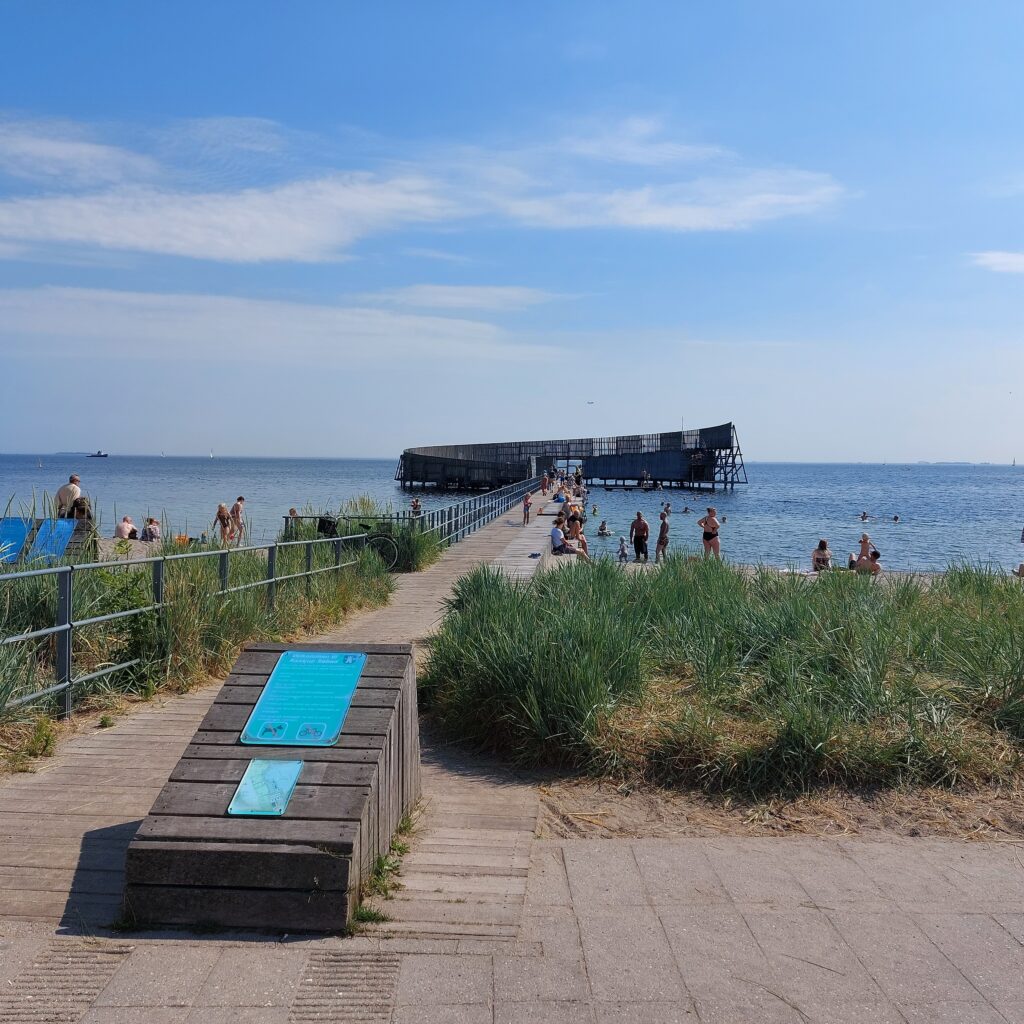
And here we finally found it – a working wheelchair ramp. It was not crowded by bicycles, either.
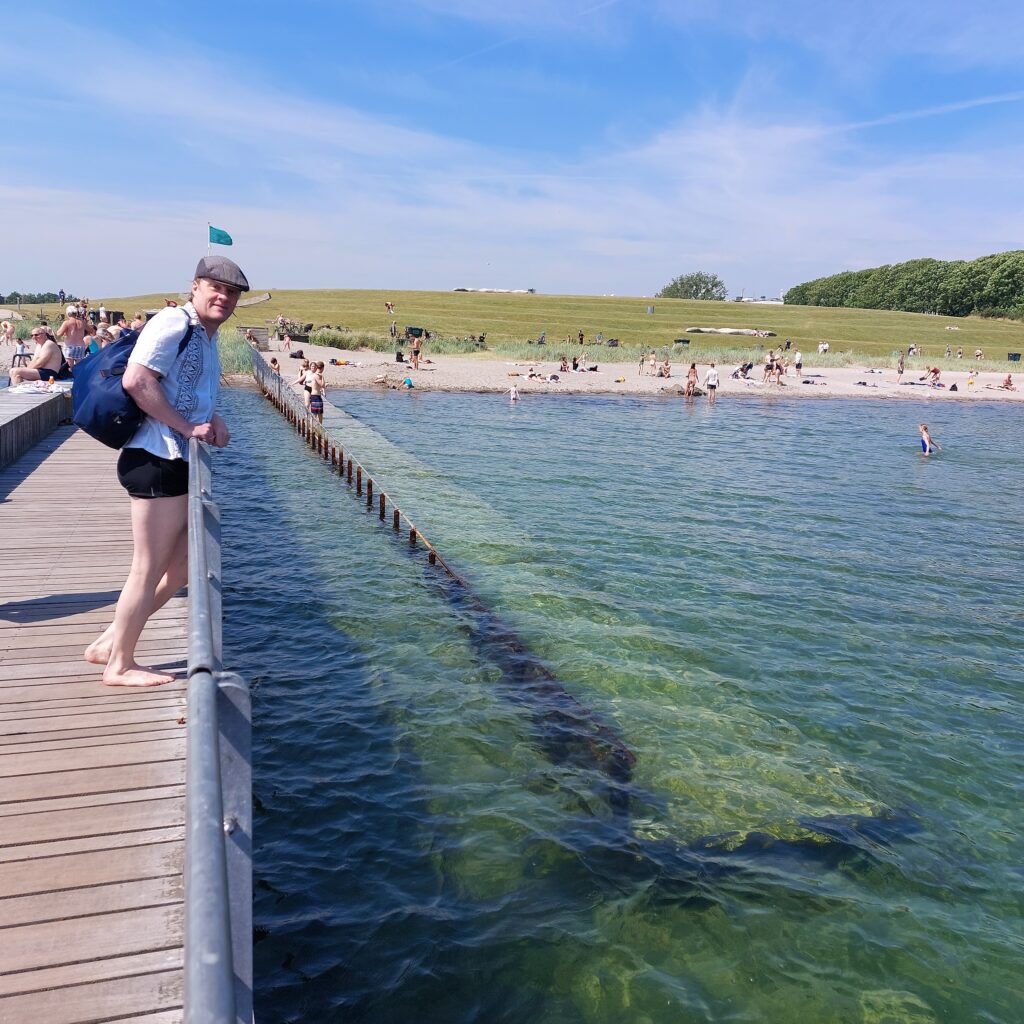
We swam around the Snail, and discovered to our excitement that the underside is a densely populated Martin bird area. Great!
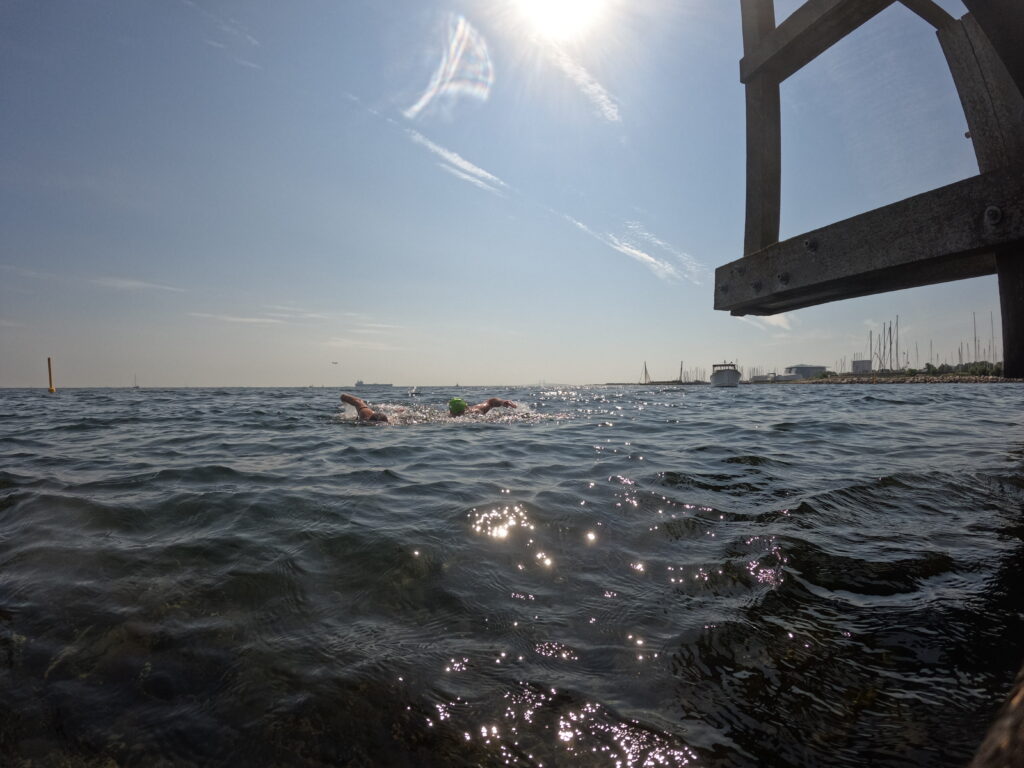
There are a lot of different activities around Amager beach. This guy had dropped surf kiting in favor of skateboard kiting, he thought it was more social.
On the way back to the city center, a waffle fits well. And waffels can be bought in the Norwegian Seamen’s Church. It was a positive surprise for us to find it, since Knut was baptized here.
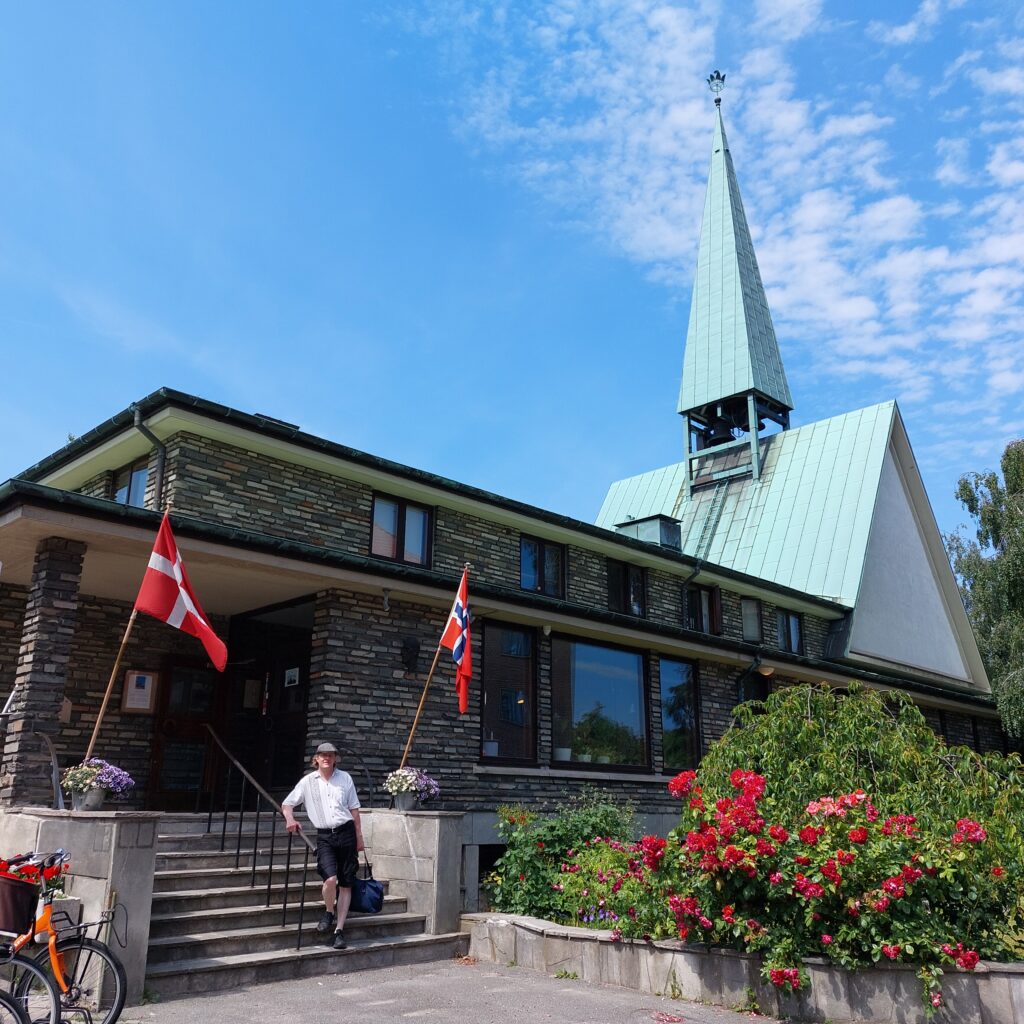
Here they are just very happy to get visitors – you are not many seconds indoors before someone has made contact. Lovely atmosphere here too!
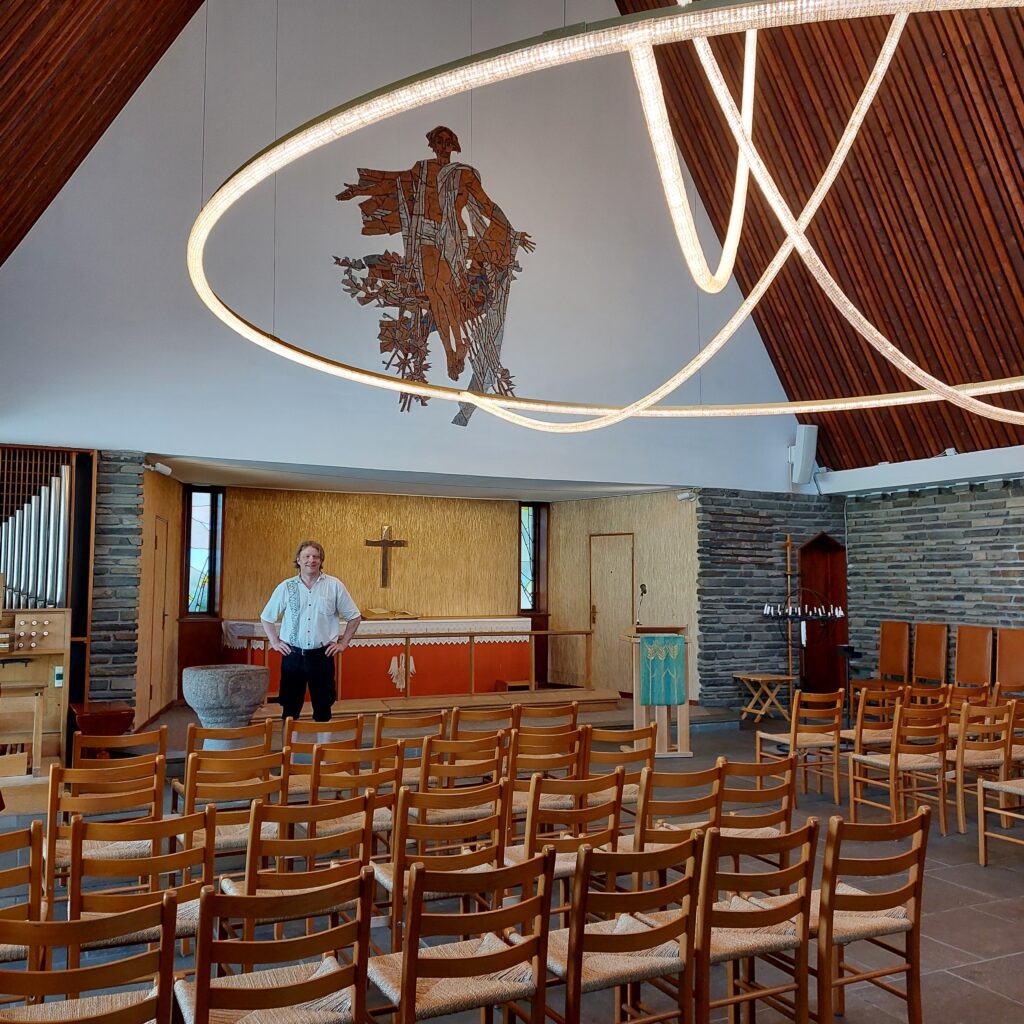
If delicious water sports – and Norwegian waffles – have refreshed you sufficiently – maybe it’s also just right to do a bike ride on dressin? The Amager Train’s Friends rent out bicycle dressins. The track is 1.2 km long, and this gave Knut an idea: Maybe this is the solution to the ‘Train problem’ in Knut’s project ‘To go to work in different ways by his own engine’? The future will show…
